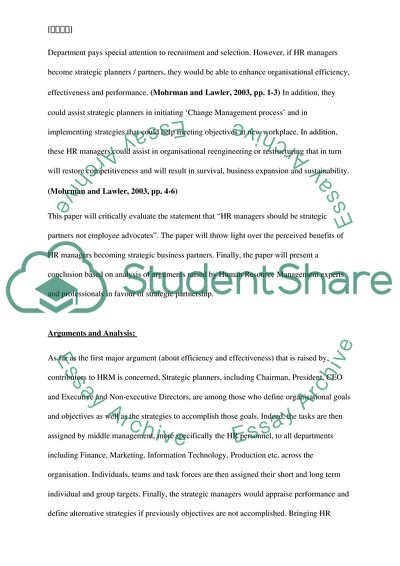Cite this document
(HR Managers Should Be Strategic Partners Not Employee Advocates Literature review, n.d.)
HR Managers Should Be Strategic Partners Not Employee Advocates Literature review. Retrieved from https://studentshare.org/human-resources/1738198-hr-managers-should-be-strategic-partners-not-employee-advocates
HR Managers Should Be Strategic Partners Not Employee Advocates Literature review. Retrieved from https://studentshare.org/human-resources/1738198-hr-managers-should-be-strategic-partners-not-employee-advocates
(HR Managers Should Be Strategic Partners Not Employee Advocates Literature Review)
HR Managers Should Be Strategic Partners Not Employee Advocates Literature Review. https://studentshare.org/human-resources/1738198-hr-managers-should-be-strategic-partners-not-employee-advocates.
HR Managers Should Be Strategic Partners Not Employee Advocates Literature Review. https://studentshare.org/human-resources/1738198-hr-managers-should-be-strategic-partners-not-employee-advocates.
“HR Managers Should Be Strategic Partners Not Employee Advocates Literature Review”. https://studentshare.org/human-resources/1738198-hr-managers-should-be-strategic-partners-not-employee-advocates.


